how to put more fans then motherboard will allow?
- Thread starter KaiHw123
- Start date
You are using an out of date browser. It may not display this or other websites correctly.
You should upgrade or use an alternative browser.
You should upgrade or use an alternative browser.
Solution
KaiHw123 :
So my motherboard will only hold 2 fans Cpu fan and Case fan. Im looking to put 2 or 3 more fans in my build. How would I go about doing that? I know close to nothing so all the details I could get would be great. Ty!
You have a couple of options on how to power your fans:
Option 1: Use a fan splitter
The fan headers of a typical motherboard is rated at 1A max. You can plug in two, three, four, or more fans via 2-way / 3-way / 4-way / x-way fan splitters. The important thing is, you need to compute the total amp draw of each of the fans you are going to connect to that specific header. As long as the total amp draw of all the fans will not be more than 75% of the headers rating (or 0.75A), for safety, you...
KaiHw123 :
So my motherboard will only hold 2 fans Cpu fan and Case fan. Im looking to put 2 or 3 more fans in my build. How would I go about doing that? I know close to nothing so all the details I could get would be great. Ty!
You have a couple of options on how to power your fans:
Option 1: Use a fan splitter
The fan headers of a typical motherboard is rated at 1A max. You can plug in two, three, four, or more fans via 2-way / 3-way / 4-way / x-way fan splitters. The important thing is, you need to compute the total amp draw of each of the fans you are going to connect to that specific header. As long as the total amp draw of all the fans will not be more than 75% of the headers rating (or 0.75A), for safety, you are good to go.
Check the back of the fans for the amp draw. It's written there in the sticker label. For example, if your case fans are rated at 0.20A each, plugging in 3 fans (total of 0.6A) in one header is safe; plugging in 4 fans (total of 0.8A) is not.
You can use a 3-way splitter such as these (note that 2-way and 4-way and x-way splitters are also available):
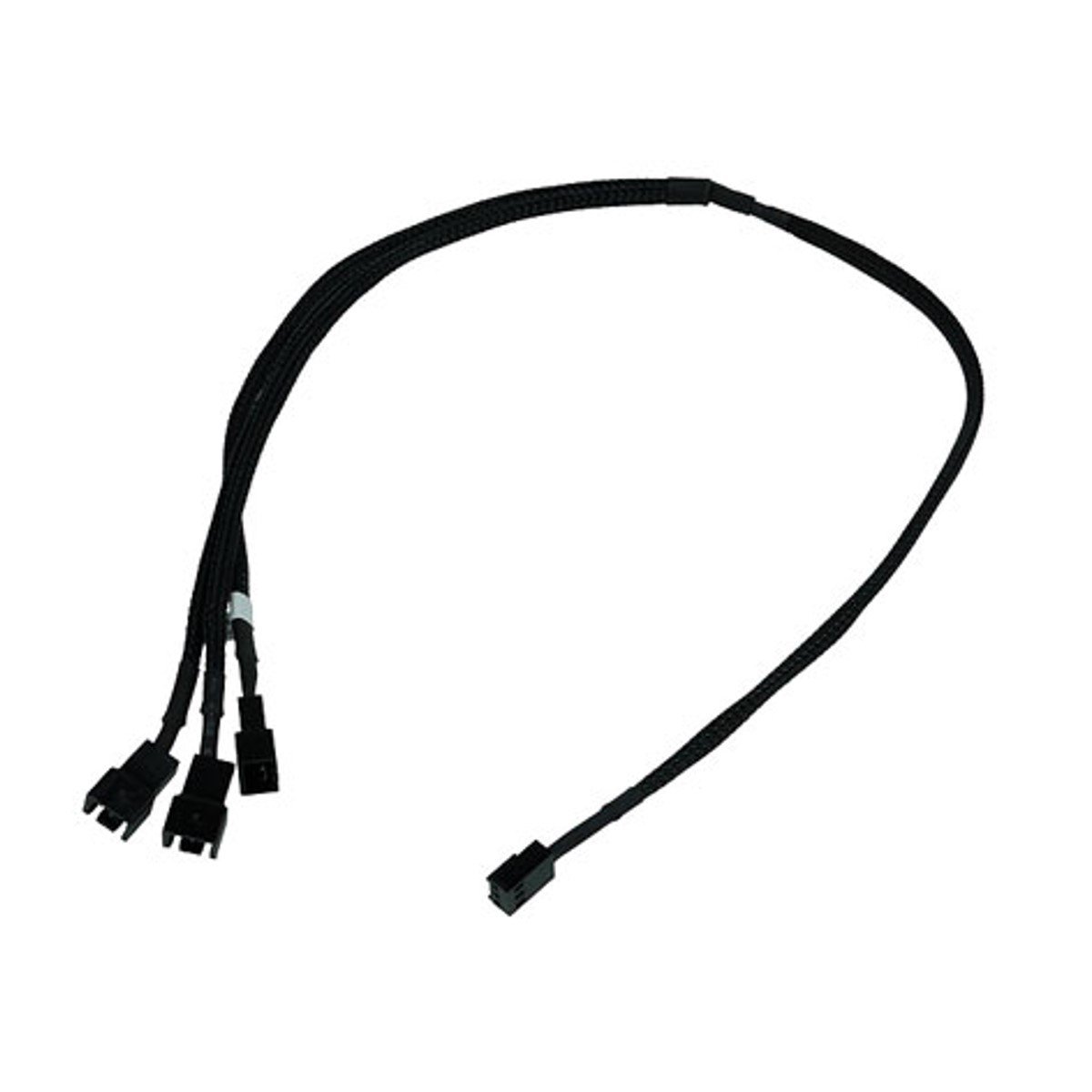
Link 1: https://www.amazon.com/Phobya-Premium-3-Pin-Splitter-Connection/dp/B005EOB6XW
Link 2: https://www.amazon.com/Silverstone-Technology-Sleeved-Splitter-CPF02/dp/B00HJOJS9O
The first link is for DC fans that have 3-pin connectors. The second link is for PWM fans that have 4-pin connectors.
You can also use a "fan hub" (but actually just a 4-way splitter) such as this popular Deepcool "Fan Hub"
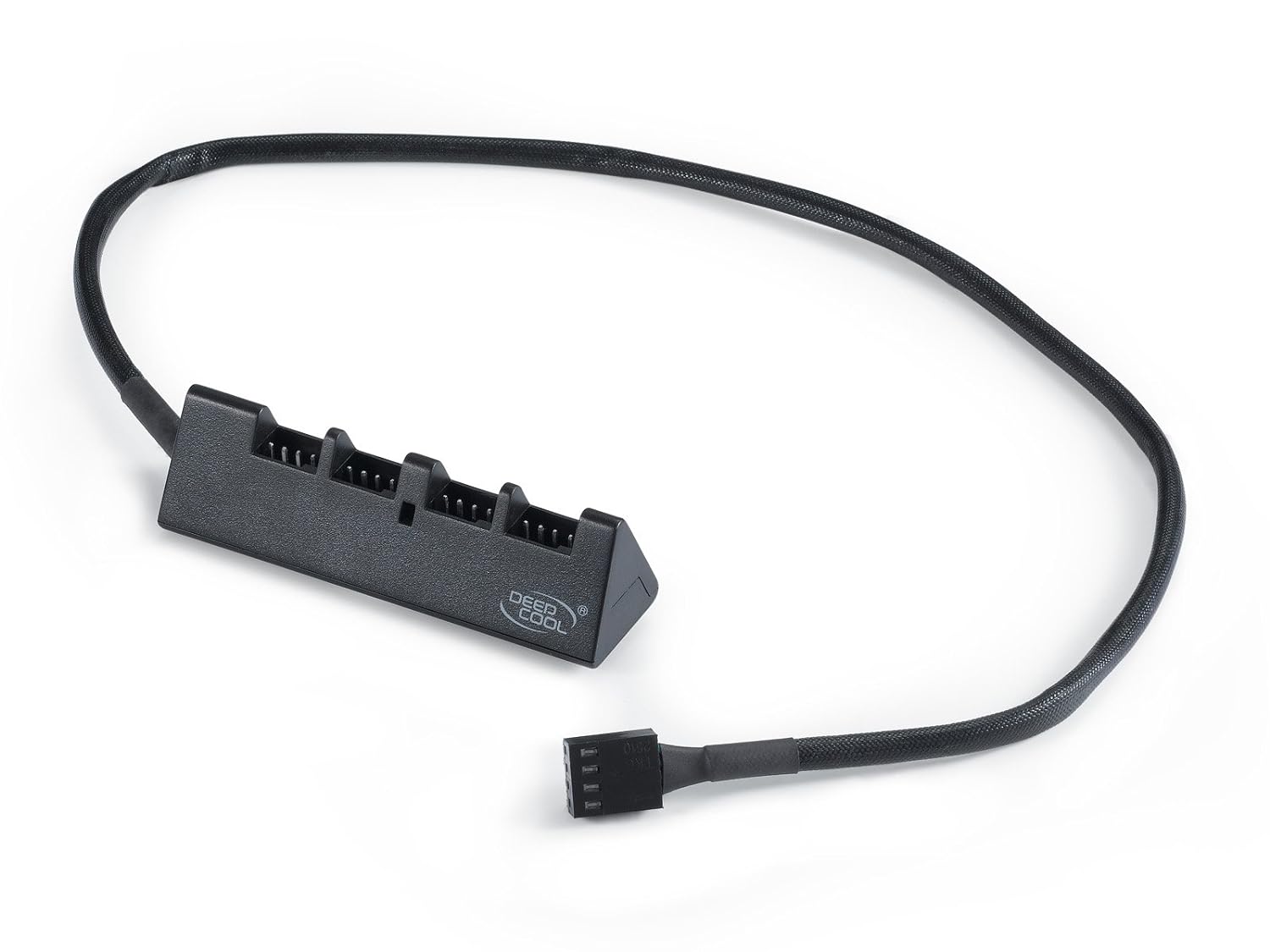
https://www.amazon.com/DeepCool-FAN-HUB-Cooler-Powers/dp/B008YD7B0M
Option 2: Direct connection to the PSU
You can also power the fans directly through the PSU's molex connector cables. This will run the fan at full speed 24/7 and no way of monitoring/controlling the rpm (speed) unlike in the Option 1 above.
This is done by using a 3-pin-to-Molex adapter cable such as this:
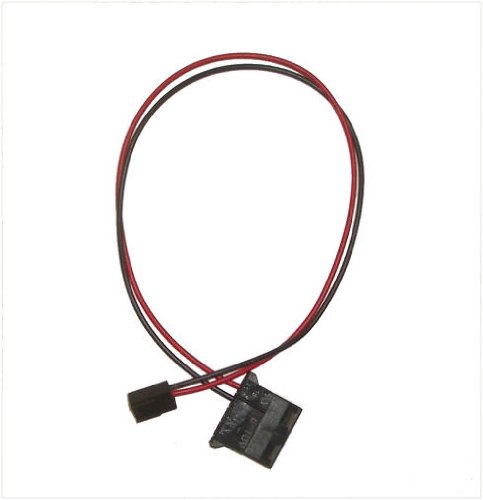
https://www.amazon.com/3pin-power-4pin-molex-adapter/dp/B000H25PBK
Note that some pre-installed case fans already comes with a 3-pin AND molex cables (an option for you to choose betwen plugging such fan on your motherboard or plugging it directly to your PSU's molex power cable). Check your pre-installed fans for this if you need to buy such molex adapter for Option 2.
Option 3: Using a dedicated-powered Fan Hub or Fan Controller
Unlike the "fan hub" in Option 1, there are fan hubs/fan controllers that are powered by the PSU (so you don't have to worry about the 1A max. rating in Option 1). Depending on the hub/controllers' number of fan connectors (they can be 6x, 8x, 10x, 12x, etc.), you can plug such number of fans in there.
Dedicated-powered fan hubs, despite being powered by the PSU, still maintains a connection to your motherboard's fan header for fan speed control and monitoring, unlike in Option 2. You can change the fan speed via software/BIOS. Usually, these fan hubs are powered using your PSU's SATA power cable, and have more fan connections than a typical splitter:

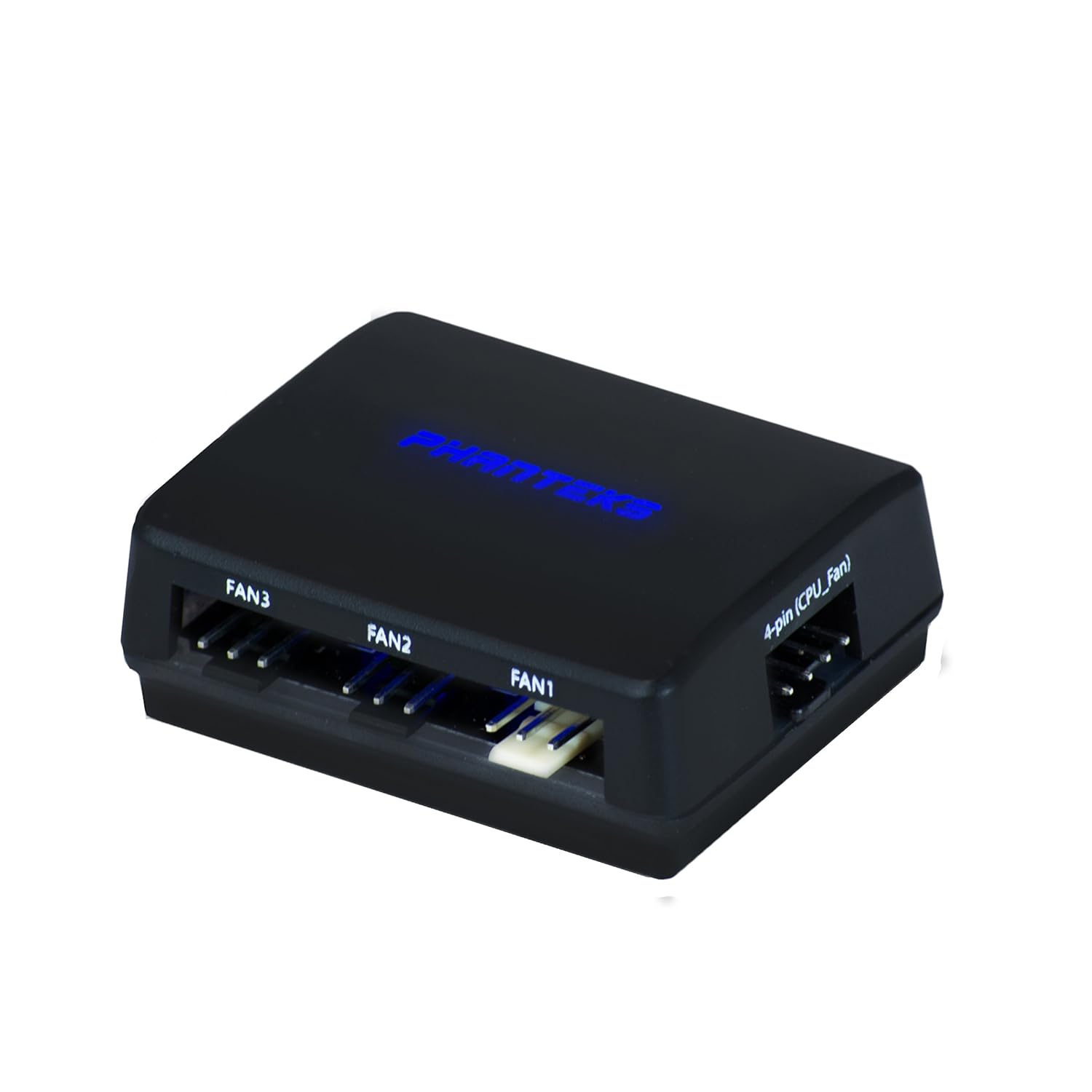
Link 1: https://www.amazon.com/SilverStone-System-Cables-Black-CPF04/dp/B00VNW556I
Link 2: https://www.amazon.com/Phanteks-PWM-Fan-Controller-PH-PWHUB-01/dp/B00M0R05WE/ref=sr_1_1?s=electronics&ie=UTF8&qid=1502326467&sr=1-1&keywords=phanteks+fan+hub
The first link is a PWM Fan Hub that connects 4-pin PWM Fans for PWM speed control. The second link is a specially-designed PWM Fan Hub that can control 3-pin DC Fans using PWM speed control when plugged on a true PWM fan header of your motherboard.
On the other hand, dedicated-powered fan controllers (usu., 5.25" drive bay-mounted controllers) are manually controlled (via knobs or touch-screen). Using fan controllers of such type frees up the fan headers as it doesn't need a connection to a fan header on your motherboard to control the speed via BIOS; you control it manually.
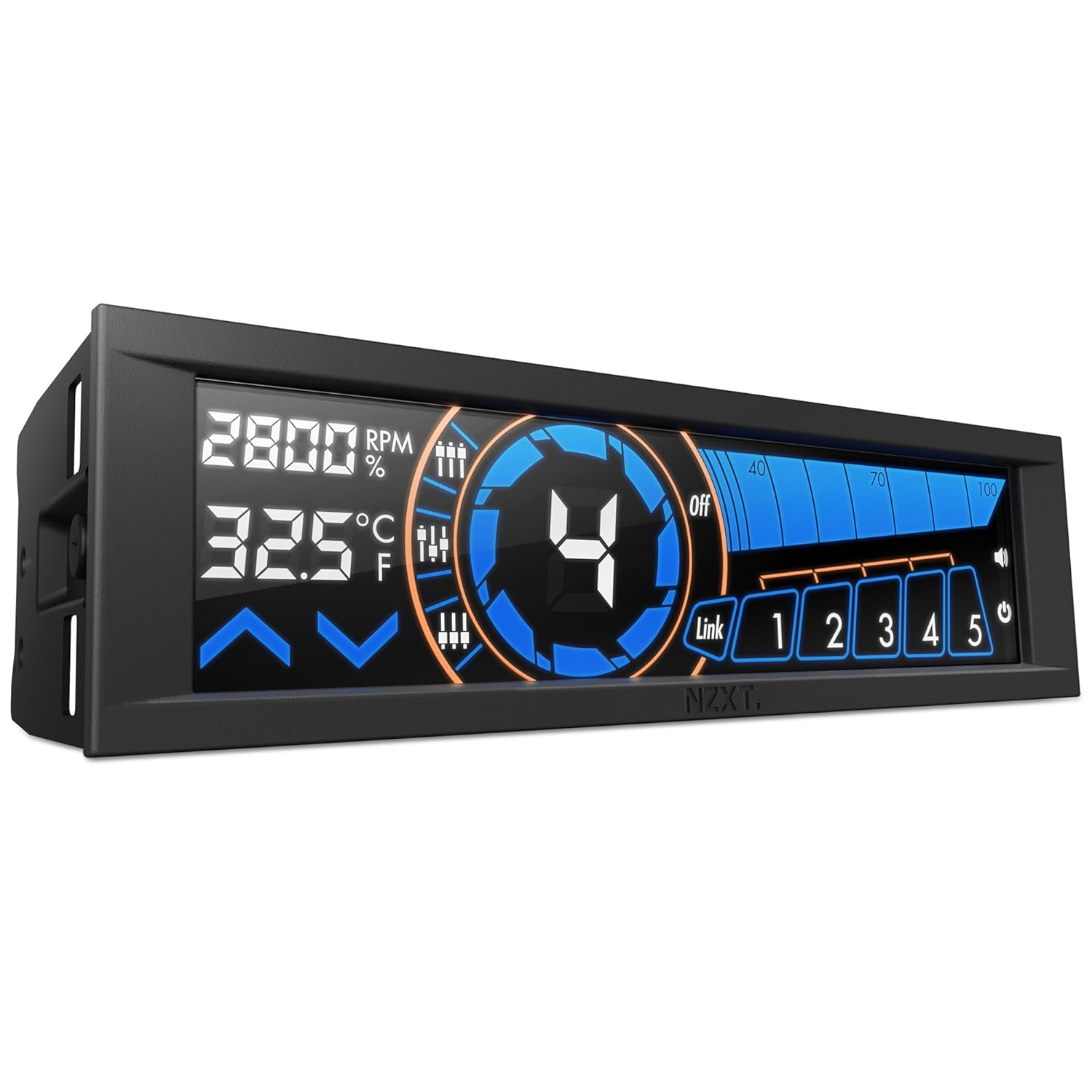
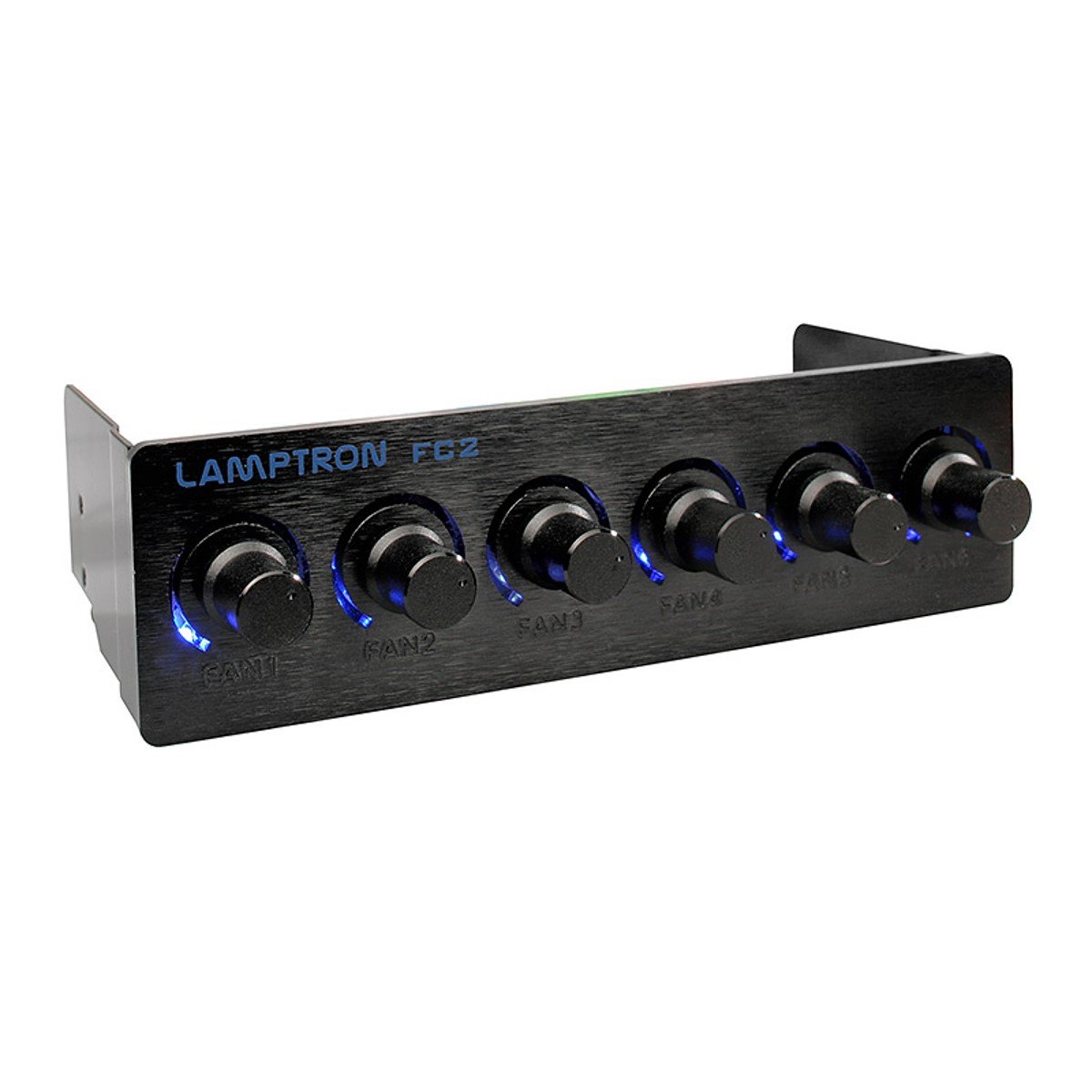
Link 1: https://www.amazon.com/Sentry-5-4-Inch-Controller-Cooling-AC-SEN-3-B1/dp/B00KJGYLNM/ref=sr_1_4?s=electronics&ie=UTF8&qid=1502326599&sr=1-4&keywords=fan+controller
Link 2: https://www.amazon.com/Lamptron-Speed-Controller-channel-Black/dp/B002R84J28/ref=sr_1_17?s=electronics&ie=UTF8&qid=1502326599&sr=1-17&keywords=fan+controller
The first link is a touch-screen fan controller (that also features additional information on your system such as temperature and fan speed. The second link is a knob-type fan controller.
Option 4: Combination of the above options
Alternatively, you can also use any of the above options in combination.
KaiHw123 :So my motherboard will only hold 2 fans Cpu fan and Case fan. Im looking to put 2 or 3 more fans in my build. How would I go about doing that? I know close to nothing so all the details I could get would be great. Ty!
You have a couple of options on how to power your fans:
Option 1: Use a fan splitter
The fan headers of a typical motherboard is rated at 1A max. You can plug in two, three, four, or more fans via 2-way / 3-way / 4-way / x-way fan splitters. The important thing is, you need to compute the total amp draw of each of the fans you are going to connect to that specific header. As long as the total amp draw of all the fans will not be more than 75% of the headers rating (or 0.75A), for safety, you are good to go.
Check the back of the fans for the amp draw. It's written there in the sticker label. For example, if your case fans are rated at 0.20A each, plugging in 3 fans (total of 0.6A) in one header is safe; plugging in 4 fans (total of 0.8A) is not.
You can use a 3-way splitter such as these (note that 2-way and 4-way and x-way splitters are also availa .
Wow. Such an enlightening explanation.
As a person who is setting up his first rig I find this very useful.
Thank you very much!!!
TRENDING THREADS
-
-
-
-
Discussion What's your favourite video game you've been playing?
- Started by amdfangirl
- Replies: 4K
-

Space.com is part of Future plc, an international media group and leading digital publisher. Visit our corporate site.
© Future Publishing Limited Quay House, The Ambury, Bath BA1 1UA. All rights reserved. England and Wales company registration number 2008885.
